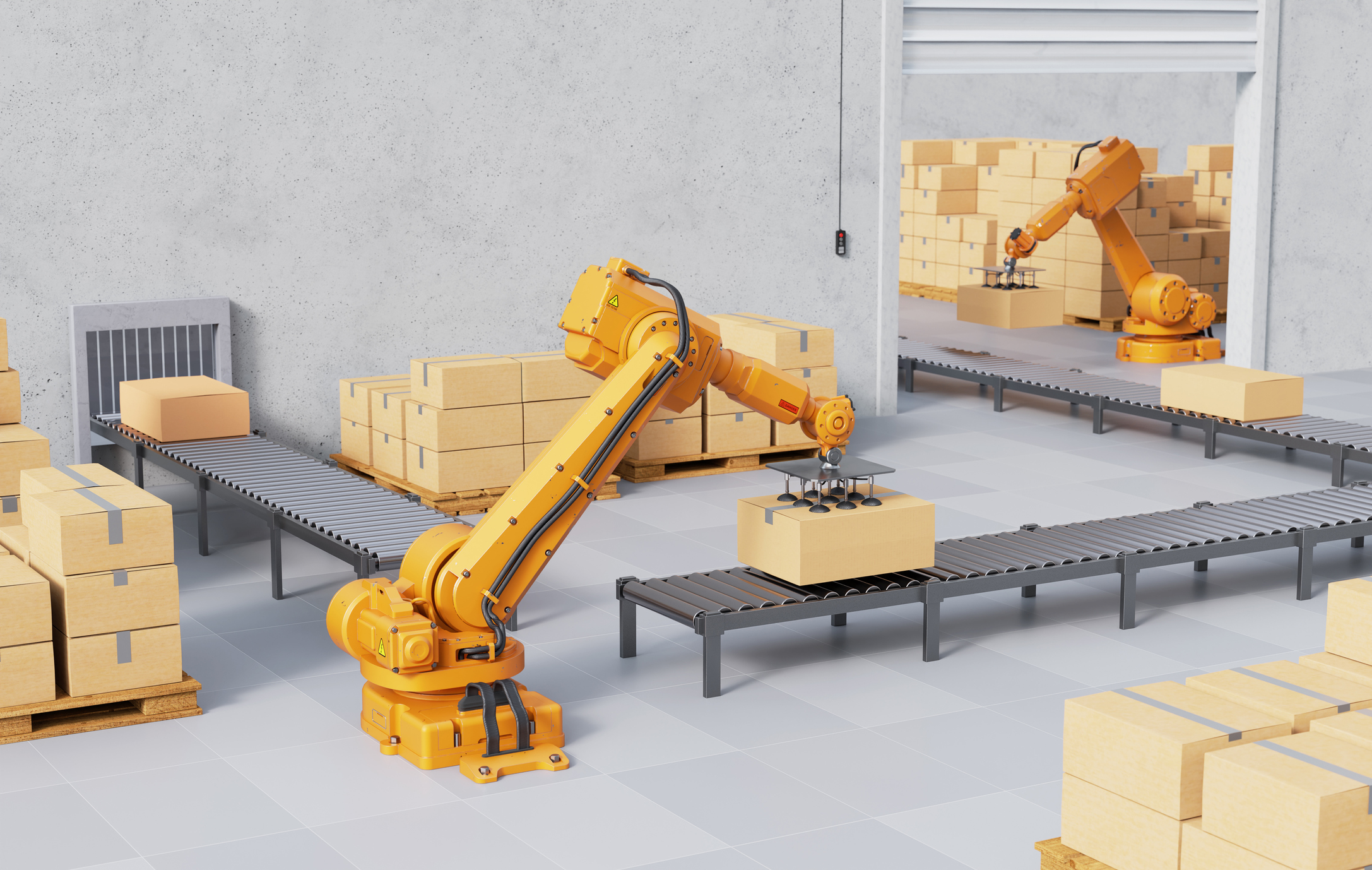Automation has revolutionized e-commerce and fulfillment, but palletizing orders remains one of the most labor-intensive tasks on the warehouse floor. For operations seeking to maximize throughput, automated palletizing offers a solution for an otherwise tedious and time-consuming human task. Automation of this step can save time, money, and allow workers to focus their labor more usefully.
There are two main types of palletizers: automated and semi-automated. An automated palletizer can be programmed to build single SKU and mixed SKU pallets but might struggle to build pallets from cases of uneven dimensions. Semi-automated palletizers rely on a human operator to help build the layers of the pallet, which are then stacked and packaged by the machine. This allows a worker to build pallets with whatever cases are needed much more quickly than other methods.
Space, variability of cases, and budget can all play a factor in which palletizer to select. In most cases, some level of automation will increase speed and output versus palletizing by hand.
Automated palletizing systems often rely on automated storage and retrieval systems and conveyors for infeed, which must also be budgeted and accounted for in given floor space. On the other hand, palletization is often one of the last steps in a warehouse operation to be automated and can fit in seamlessly in settings where automation already accounts for most material handling.
For situations less suited for full automation, semi-automated palletizers can still improve throughput and productivity. Semi-automated solutions offer improved ergonomics for the human user, with cases fed by conveyor to a worker on a raised platform who can quickly build the pallet without the bending and reaching found in traditional palletizing methods. Many semi-automated solutions can also be upgraded to full automation as the need arises.
Interested in learning what modernizing your palletization can do to increase efficiency in your operation? UMD produces a variety of accumulation systems that solve many of the challenges present in materials handling operations today. Our equipment can improve productivity, efficiency and throughput helping companies save money and generate a strong return on investment. Contact us today to get started.

